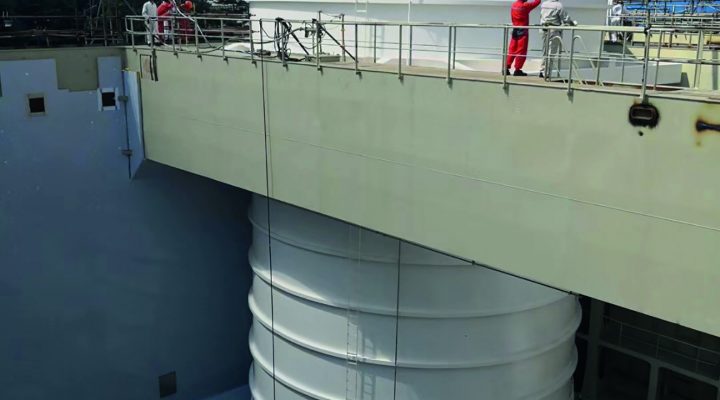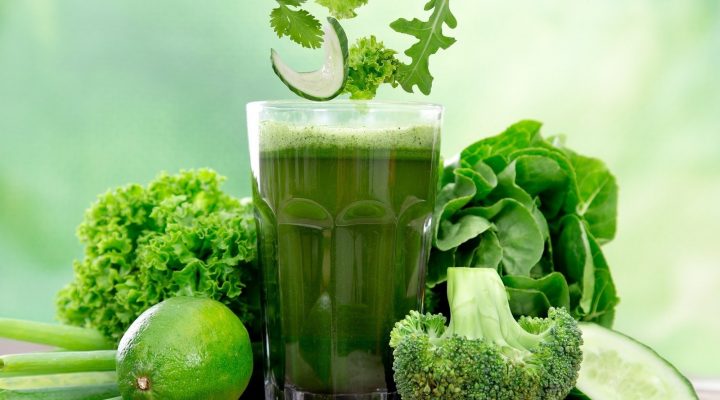Florida Report
Fruitjuicefocus caught up with the team behind the October Citrus Report to find out more about the origins of FASS, the Florida Ag Statistics Service, and what it takes to create such a significant annual report.
The Florida Agricultural Statistics Service (FASS), also referred to as the Florida Field Office of the USDA, National Agricultural Statistics Service (NASS) is located in Maitland, Florida. It is compiled of 7 office and 11 field full-time state employees. It is the main agricultural data gathering agency in Florida with the purpose of collecting, compiling and publishing current citrus statistics.
Beginnings
The statistical series on Florida citrus began in the late nineteenth century when recorded shipments of citrus and County Commissioner estimates of tree population and production were periodically summarized. Official inspection records later improved the series for both production and tree population. Joint efforts of state and industry groups provided a tree census in 1934 and again in 1956.
The 1956 census was a significant contribution to the series identifying individual groves by mapping and recording variety, age, location, and tree-numbers. The 1956 census was updated by annual sample surveys from 1960 until 1965 when a complete and detailed census was efficiently obtained with the aid of aerial photography.
Early forecasting
Early attempts at forecasting citrus production consisted of various ways of gathering and summarizing subjective evaluations of crop condition. Objective counts and measurements were used in citrus production as early as 1939. Most of these early systems became unsatisfactory for present day needs but have paved the way to the relatively sophisticated methodology now being used in Florida.
“The first Citrus forecast using objective measurements, which is the methodology we use today, was in 1939. Prior to that, and as early as 1910’s to 1920’s, forecast were based on visual observation and grower reports,” reports USDA analyst Bill Curtis.
“The format used in 1939 was similar to what is still used today, broken out by variety and type. At the end of each season, a summarization is done to quantify the most recent years of Florida Citrus. It is put in a book to show comparisons between the most recent season to previous seasons. The book we put out annually covers the most recent 20 seasons, and includes both ‘Citrus Summary’ data and ‘Tree Inventory’ data.”
Present methodology
Present citrus forecasting considers production to be uniquely defined as a function of four variables: 1) number of bearing trees in the population 2) average number of fruit per tree 3) size of fruit at maturity, and 4) natural loss of fruit between original count and maturity (drop).
Today the data are collected by a broad program of sample surveys throughout the year. Survey data are collected primarily through objective and non-objective field work, but also by mail surveys or through contacting growers and farmers in person. This service is provided by a cooperative agreement between the Florida Department of Agriculture and Consumer Services (FDACS) and the National Agricultural Statistics Service (NASS).
The Florida Field Office, like all NASS field offices, submits recommendations to the national headquarters in Washington, DC. Commodity experts review all State recommendations and issue State and National estimates to the public on scheduled release dates throughout the year. Cooperative agreements with State governments permit additional estimates to be made at the State and/or County level for some commodities.
Who are the people behind the report?
“For state employees, each of the full time field employees are exclusively trained to perform their duties. The training is primarily on the job as what we do is uniquely different from what most people have experienced“, says Mr Curtis.
“In the field, all full time employees are Research Assistants with college degrees, or have worked with FASS as seasonal employees at least four years before being hired full time. All of them must be able to accurately perform field surveys. We stress accuracy in counting fruit, estimating trees, and objectively measuring fruit size and drop.
“Understanding basic mathematical concepts is a must. Also, they work independently after being trained, so we try to hire people who are self- starters and can work on their own. They must be willing to get dirty occasionally. One of the surveys is counting fruit on a citrus tree. For that they would have to be able to count fruit by climbing a tree or a ladder, and the trees get grimy at times. “
In the office, mathematical skills and logical skills are a must, says Mr Curtis. “There are three state Research Assistants with the same requirements who compile the report. The staff assistant people personnel we hire must be able to logically prepare the information for the report.”
A Federal employee Mathematical Statistician is in charge of assuring the information is statistically sound. This staff member runs the statistical information to combine everything into a format that can be put into a report. With several years of data and regressions, edits are run and checked to assure accuracy.
“This is all done under the oversight of the Federal ‘State Statistician’, Mark Hudson, says Curtis, “he reviews everything before it presented to the (ASB) Agricultural Statistics Board.
What are the main aims of the report?
The primary goal of FASS is to provide farmers, ranchers and other producers of agricultural commodities with unbiased and reliable statistical reports to assist them in making production and marketing decisions. Other important users of agricultural statistics are farm organizations, agribusiness and transportation firms, state and national policy makers, and foreign buyers of agricultural products.
Logistics – how is this done? The current citrus acreage, as reported by FASS in the August 28, 2019 Commercial Citrus inventory Report for Florida Citrus is 430,601 acres.
Field staff are located throughout the Florida Citrus region. They perform the survey work on the three major surveys (Limb Count, Size and Drop, and Tree inventory).
“Before 1939, the methodology was different”, says Curtis. “Without going into detail, what has changed since then is how we perform some of our objective surveys. The Limb Count or fruit per tree survey was changed in 1956 to a Cross-sectional Area survey. The development of callipers used to measure the size of the fruit was in the 1950’s. Tree inventory using aerial photography goes back as far as 1966. Probably one of the most recent changes is using Geographical Information System (GIS) technology for photo interpretation and grove change detection in 2005. This was a huge cost savings as we no longer had to hire someone to fly over the states citrus.
“From a personal standpoint, I remember as late as the 1990’s carrying a pager in the field, and when I received a page having to find a phone booth to call back to the office. Obviously cell phones, and computer technology has speed up the process of getting information from the field to the office and vice versa in a more expedient and efficient manner.
“When I came to the office in the early 2000’s, many of the charts we used were done with pen and paper,“ comments Curtis. “Now regressions and historical data in chart format is at our fingertips and can be looked at pretty immediately with the use of computers programs. “
Getting the report out on time.
“It’s not an option being late”, says Mr Curtis. “It is a federal regulation set by USDA policy. The forecast data is conditions as of the first of the month. So, it all comes down to scheduling. Making sure the field staff has completed the work as close to the end of the month as possible, while still giving the office staff time to compile the information for the forecast. The two field supervisors monitor the work of each of their employees to make sure this happens. The office supervisor works with staff to make sure the citrus board is ready to be conducted on time.”
How important is the report to Florida growers?
“Growers, processers, researchers and many other industries use this information. Not just the production forecast, but the value aspect and the tree and acreage data. I can’t speak for them all” comments Curtis, “but there seems to be an interest in what we do to help them make decisions on planting, selling and buying.”
What next for the report?
“Trying to get out the most accurate report. With the changing industry, the greening, smaller crops in many instances, we strive to get the numbers right. We are open to new technology when it becomes affordable and efficient. There are new methods of counting trees and using drones that to this point have not been used. There may be ways to better do what we do, but until we find them to be statistically sound, we will stick with what we know works.” Concludes Mr Curtis.
Challenges
“Lots of challenges exist. There are of course diseases, and pests. These things change the face the industry, and how affordable it is for the grower. Then there are the natural disasters, such as freezes or hurricanes. The many freezes in the 1980’s moved the crop south. The hurricanes in the 2004-2005 and 2005-2006 reduced the crop size, and now over the past decade, citrus greening. This affects us, because when the crop fluctuates, it is harder to forecast. Also, we have to play catch up on tree numbers and acres if we are not careful. There will always be challenges. “







